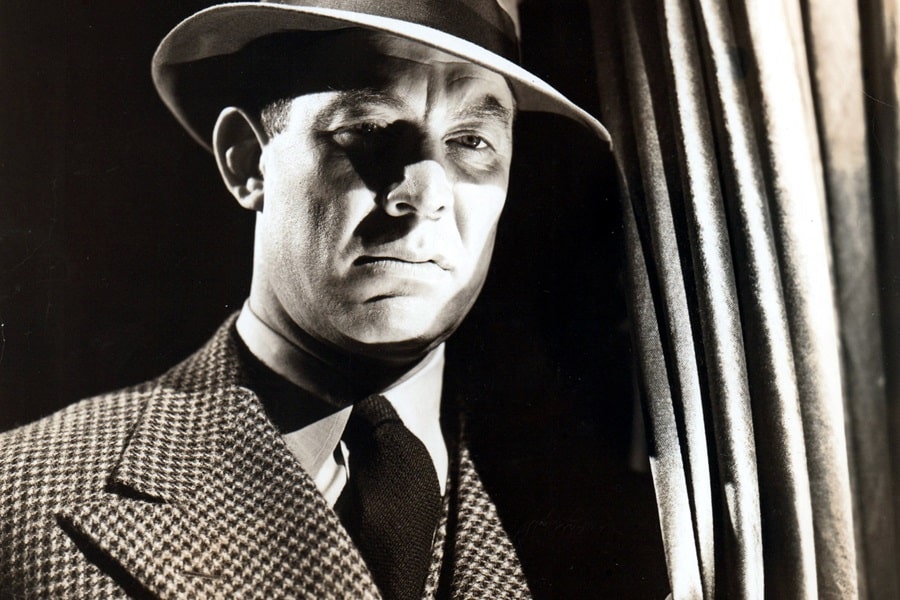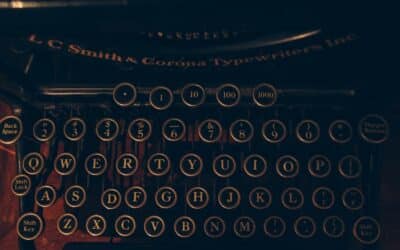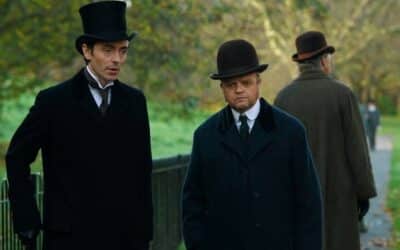
Mystery Short Stories
Crafting an engaging mystery short story is akin to orchestrating a grand masquerade ball. Behind every masked dancer lies a secret, every twirl a potential clue, and the unmasking at the end, the grand reveal. This dance, though intricate, can be choreographed with the right steps and a touch of panache.
The heart of any mystery lies in its plot. Think of Agatha Christie’s timeless classics or the sharp twists of Arthur Conan Doyle’s Sherlock Holmes series. These narratives thrive on complexity and cunning, woven with threads that both mislead and guide. The plot must be a labyrinth where each turn could be a dead end or the path to the center. A well-plotted mystery challenges the intellect and teases the imagination, encouraging the sleu.
Crafting an engaging mystery short story is akin to orchestrating a grand masquerade ball. Behind every masked dancer lies a secret, every twirl a potential clue, and the unmasking at the end, the grand reveal. This dance, though intricate, can be choreographed with the right steps and a touch of panache.
The heart of any mystery lies in its plot. Think of Agatha Christie’s timeless classics or the sharp twists of Arthur Conan Doyle’s Sherlock Holmes series. These narratives thrive on complexity and cunning, woven with threads that both mislead and guide. The plot must be a labyrinth where each turn could be a dead end or the path to the center. A well-plotted mystery challenges the intellect and teases the imagination, encouraging the sleuth in every reader to emerge.
Characters in these stories are not mere players; they are the soul. A detective with a flair for the dramatic or a penchant for psychology can turn the ordinary into the extraordinary. Consider the depth of Hercule Poirot or the flawed genius of Edgar Allan Poe’s C. Auguste Dupin. Their keen observation skills, unique quirks, and deductive reasoning powers not only define them but also drive the narrative forward. Yet, a mystery is nothing without its cast of suspects, each with motives as colorful and varied as the suspects in a game of Clue. These characters should sparkle with potential guilt, their secrets and lies intricately linked to the plot’s twists and turns.
Setting plays a pivotal role, acting as both backdrop and participant in the mystery. The fog-laden streets of Victorian London or the secluded mansions on remote islands provide more than mere scenery; they set the mood, build tension, and can even offer clues. A setting well chosen whispers secrets of its own, becoming as crucial to unraveling the mystery as the suspects and detective.
Dialogue in a mystery does double duty. On one level, it reveals character, from the detective’s incisive questions to the suspects’ evasive answers. On another, it’s a vehicle for clues and red herrings. The way characters speak to one another, what they say, and, perhaps more importantly, what they don’t, can hint at underlying truths or mislead entirely. The masters of the genre, from Raymond Chandler to Dashiell Hammett, crafted dialogues that crackled with tension and hidden meanings, demonstrating that what lies between the lines can be as revealing as the words themselves.
A mystery’s pacing is its heartbeat, varying in speed to maintain suspense and interest. The narrative might start with a slow burn, a seemingly innocuous event that spirals into a complex web of deceit. The pace then accelerates with each clue discovered, each secret unveiled, keeping readers on the edge of their seats. But beware the rush to the climax; the journey there should be peppered with pauses for reflection, moments that allow the reader to ponder the puzzle before plunging back into the fray.
Clues and red herrings are the nuts and bolts of a mystery story. Clues must be planted with care, visible enough for the observant reader to spot, yet not so obvious as to give the game away. Red herrings, those misleading pieces of evidence, are just as crucial, serving to challenge and divert. The balance between the two is delicate; too many clues, and the mystery unravels too soon, too many red herrings, and frustration might lead readers to abandon the chase.
The resolution, when all is said and done, must be satisfying. It should tie up loose ends, answer the central question, and leave the reader with a sense of completion. Yet, the best resolutions often leave a hint of ambiguity, a question mark that lingers, prompting reflection long after the book is closed. Think of the subtle art in the endings of stories by Patricia Highsmith or the moral complexities explored by Ruth Rendell. These authors demonstrate that the conclusion of a mystery, while resolving the plot, can also open up new avenues of thought.
Finally, writing an engaging mystery short story demands not just adherence to these elements but a willingness to play with them. The genre is ripe for innovation. Writers like Edgar Allan Poe, considered the father of the detective story, and contemporary authors alike, push boundaries, experiment with perspectives, and explore the depths of the human psyche.
In crafting your own mystery, let creativity reign. Draw inspiration from the classics, but don’t be afraid to infuse your story with your own style and voice. Whether it’s a psychological thriller that delves deep into the mind of its protagonist or a cozy mystery set in a small, seemingly peaceful community, the essence of a gripping mystery lies in the dance of concealment and revelation.
As every good detective knows, the devil is in the details. Pay attention to the world you create, the characters that inhabit it, and the plot that guides them. Each element, from the setting to the dialogue, the pacing to the resolution, contributes to the overall tapestry of the tale. And remember, at the heart of every great mystery is a simple truth waiting to be uncovered. The joy, for both writer and reader, lies in the hunt, the gathering of clues, and the final, satisfying piece of the puzzle that puts everything into place.
In this dance of the mystery short story, the writer is both choreographer and lead dancer, guiding the reader through twists and turns to the final bow. It’s a performance that, when executed with skill and a touch of flair, leaves the audience breathless and clamoring for an encore. So, lace up your dancing shoes, take your place on the stage, and let the mystery begin.
Similar Features
On the Hunt for a Mystery
How to Select Your Next Mystery Book
Querying a Mystery
How to Write a Query Letter That Won’t Get You Ghosted
Crafting the Character
Creating Characters as Mysterious as Your Plot



